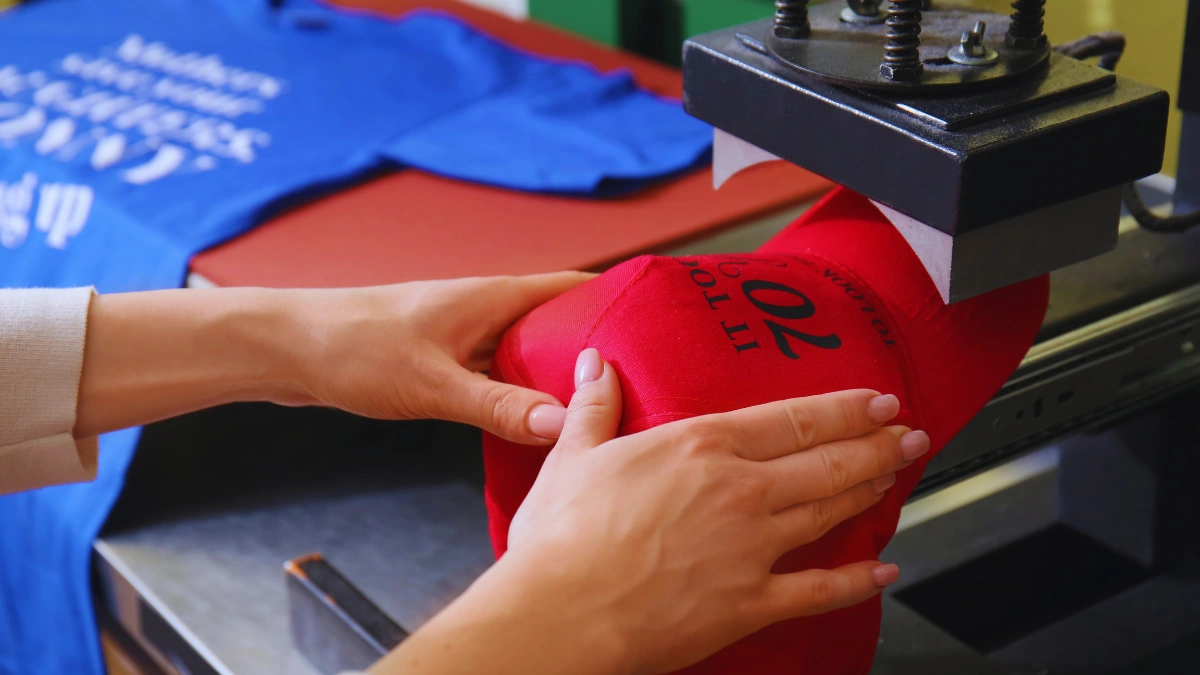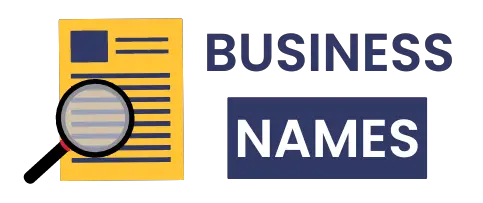You need extra money. Your bills keep growing, but your paycheck stays the same. So you start looking for side hustles.
But here’s the problem: 36% of Americans now have a side hustle, and most people pick the same few options. This creates massive competition. What used to work doesn’t work anymore.
80-90% of people fail at their side hustles. Why? They choose markets that are too crowded.
In this article, you’ll learn which 11 side hustles to avoid in 2025. More importantly, you’ll discover better options that aren’t flooded with competition.
1. Ride-Sharing and Delivery Services (Uber, Lyft, DoorDash)

Once a lucrative side hustle, the ride-sharing and delivery sectors have become increasingly saturated, making it difficult for new drivers to earn a substantial income.
The math doesn’t work anymore. Gas costs more. Car repairs add up. But pay per ride keeps dropping.
The market is oversaturated, and many drivers are finding it hard to make the same income they once did. Platforms have more drivers than they need, so they can pay less.
New drivers get the worst orders. Long distances. Small tips. Bad neighborhoods. The algorithms favor experienced drivers with high ratings.
Saturation Level: 9/10
- Too many drivers competing for orders
- Apps cut driver pay while raising customer fees
- High costs (gas, maintenance, insurance) eat into profits
Better Alternative:
- Partner with local restaurants for direct delivery
- Offer specialized transport (elderly care, pet transport)
- Start a local moving or furniture delivery service
2. Freelance Graphic Design

Becoming a freelance graphic designer, once a thriving and flexible side hustle, is now facing significant challenges due to oversaturation.
Platforms like Fiverr are full of designers offering logos for $5. How can you compete with that? You can’t pay rent with $5 logos.
AI tools make it worse. Canva lets anyone create decent-looking designs. ChatGPT writes copy. Clients think they don’t need professional designers anymore.
The race to the bottom in pricing hurts everyone. Good designers leave. Bad work floods the market. Clients get frustrated and pay even less.
Saturation Level: 8/10
- Thousands of designers on every platform
- AI tools are replacing basic design work
- Global competition drives prices down
Better Alternative:
- Specialize in one industry (medical, legal, restaurants)
- Focus on complex work (UX/UI, brand strategy)
- Partner with marketing agencies as their design arm
3. Print-on-Demand (POD) Products

Platforms like Teespring, Redbubble, and Etsy are now crowded with sellers offering similar designs.
Everyone sells the same stuff. Coffee mugs with quotes. T-shirts saying “Dog Mom.” Generic motivational posters.
The market is flooded, making it tough for sellers to stand out unless they have a unique angle or exceptional marketing. Most people copy trending designs and hope for sales.
The platforms take big cuts. Redbubble keeps 60-80% of sales. You’re left with pennies after their fees and production costs.
Saturation Level: 9/10
- Millions of identical designs on every platform
- Low profit margins after platform fees
- Customers are tired of seeing the same products
Better Alternative:
- Create custom merchandise for local businesses
- Design for specific communities (nurses, teachers, engineers)
- Offer personalized products with names or photos
4. Traditional Dropshipping

Only 10% of dropshippers achieve success in their first year. Even worse, only 1.5% of dropshipping stores achieve more than $50K in monthly revenue.
Everyone sells the same AliExpress products. Phone cases. Fidget toys. LED lights. Your store looks identical to thousands of others.
Facebook ad costs keep rising because too many dropshippers target the same customers. You spend $100 on ads to make $50 in sales.
Customers wait weeks for products from China. They get angry. They leave bad reviews. They demand refunds.
Saturation Level: 10/10
- Millions of stores sell identical products
- Facebook ad costs are too high for most beginners
- Customer trust issues with long shipping times
Better Alternative:
- Partner with local suppliers for faster shipping
- Create your products instead of reselling
- Focus on service-based businesses instead
5. Faceless YouTube Channels

Once promoted as a lucrative opportunity, this side hustle involves creating content without revealing the creator’s identity.
The space is flooded with AI-generated videos. Meditation music. Motivational quotes over stock footage. Nature sounds for sleeping.
Established channels continue to dominate, leaving little room for new entrants to make their mark. YouTube’s algorithm favors channels with watch history and engagement.
Everyone uses the same AI tools. The content looks identical. Viewers can tell it’s not authentic. They don’t subscribe or engage.
Saturation Level: 8/10
- AI tools are flooding the market with similar content
- Established channels dominate search results
- Hard to build an audience without personality
Better Alternative:
- Start a personal brand channel in your expertise area
- Create local content about your city or region
- Focus on interactive content that requires your input
6. Generic “Digital Marketing” Services

There are so many people talking about the same things, using the same tools, and trying to get noticed by the same audience.
Everyone calls themselves a “digital marketing expert” after watching YouTube videos. They offer the same basic services. Social media posting. SEO audits. Facebook ad management.
Small businesses can’t tell the difference between real experts and beginners. So they pick the cheapest option. That’s usually not you.
Overseas agencies offer the same services for 1/10th of your price. American freelancers can’t compete on cost alone.
Saturation Level: 9/10
- Every college graduate claims to be a “digital marketer”
- Generic services have no differentiation
- Global competition keeps prices low
Better Alternative:
- Become a “fractional CMO” for small businesses
- Specialize in one industry you understand well
- Focus on results-based pricing instead of hourly rates
7. Virtual Assistant Work

Basic virtual assistant work pays less every year. The tasks are simple. Anyone can do them. So rates stay low.
Platforms like Upwork and Fiverr have thousands of VAs offering the same services. Email management. Calendar scheduling. Data entry.
Workers from countries with lower costs of living charge $3-5 per hour. How do you compete with that price?
The work is also boring. You’re just following instructions. There’s no creativity or growth.
Saturation Level: 8/10
- Thousands of VAs on every platform
- Simple tasks are easily outsourced globally
- Price competition from low-cost countries
Better Alternative:
- Specialize in complex industries (legal, medical, tech)
- Become a “fractional executive assistant” for busy entrepreneurs
- Focus on high-level strategic work instead of basic tasks
8. Social Media Influencing (General)

Anyone with a smartphone can try to become one. That’s exactly the problem.
Everyone wants to be an influencer. Lifestyle. Motivation. Business advice. The content all looks the same.
Brands get thousands of pitches from wannabe influencers. They ignore most emails. The few that respond offer tiny payments or just free products.
Algorithm changes hurt reach. You post to 10,000 followers, but only 200 people see it. Engagement drops. Brands lose interest.
Saturation Level: 9/10
- Millions of people are trying to become influencers
- Brands are overwhelmed with partnership requests
- Algorithm changes reduce organic reach
Better Alternative:
- Focus on micro-influencing in very specific niches
- Build influence in your local community instead
- Partner with businesses as their face and voice
9. Online Tutoring (General Subjects)

Online tutoring (+54%) is among the fastest-growing side hustles, but basic subjects are overcrowded.
44% of side hustlers report lack of time as their biggest hurdle, indicating why balancing tutoring alongside other commitments contributes to saturation and limited income growth, according to the Intuit 2025 Consumer Survey on Side Hustles
Platforms like Wyzant and Tutor.com have thousands of math and English tutors. Students pick the cheapest option. That’s usually not in your favor.
Large companies like Khan Academy and Coursera offer free alternatives. Why would students pay you $20/hour when they can learn for free?
Teaching basic subjects doesn’t pay well because the content is standardized. You can’t charge premium prices for multiplication tables.
Saturation Level: 7/10
- Too many tutors for basic subjects
- Free alternatives from big companies
- Parents price-shopping for the cheapest options
Better Alternative:
- Teach specialized skills (coding, design, music production)
- Offer corporate training instead of student tutoring
- Focus on test prep for specific professional certifications
10. Affiliate Marketing (Generic)

Every blog reviews the same products. “Best laptops of 2025.” “Top 10 mattresses.” The content is identical across thousands of websites.
Amazon lowered affiliate rates. What used to pay 8% now pays 1-3%. You need massive traffic to make decent money.
Google favors big websites in search results. Your small affiliate site won’t rank for competitive keywords. No rankings means no traffic. No traffic means no sales.
Saturation Level: 8/10
- Millions of affiliate sites are competing for the same keywords
- Amazon reduced commission rates significantly
- Google algorithm favors established websites
Better Alternative:
- Promote software tools with recurring commissions
- Focus on B2B affiliate programs with higher payouts
- Build email lists instead of relying on search traffic
11. Generic Content Creation/Blogging

The increasing demand for authentic, niche engagement is driving brands to invest more in influencer partnerships, but generic content gets ignored.
Millions of blogs exist. Most cover the same topics. Personal development. Business tips. Lifestyle advice. The internet doesn’t need another generic blog.
AI tools like ChatGPT create content faster than humans. Search results are filled with AI-generated articles. Readers can’t tell the difference, so they don’t care about your personal touch.
Monetizing blogs gets harder each year. Ad rates drop. Sponsors demand huge audiences. Most bloggers never make significant money.
Saturation Level: 9/10
- Millions of blogs are competing for attention
- AI content flooding search results
- Very few blogs make meaningful money
Better Alternative:
- Write about highly specialized topics you know well
- Focus on local content that can’t be replicated
- Build a newsletter instead of a blog

